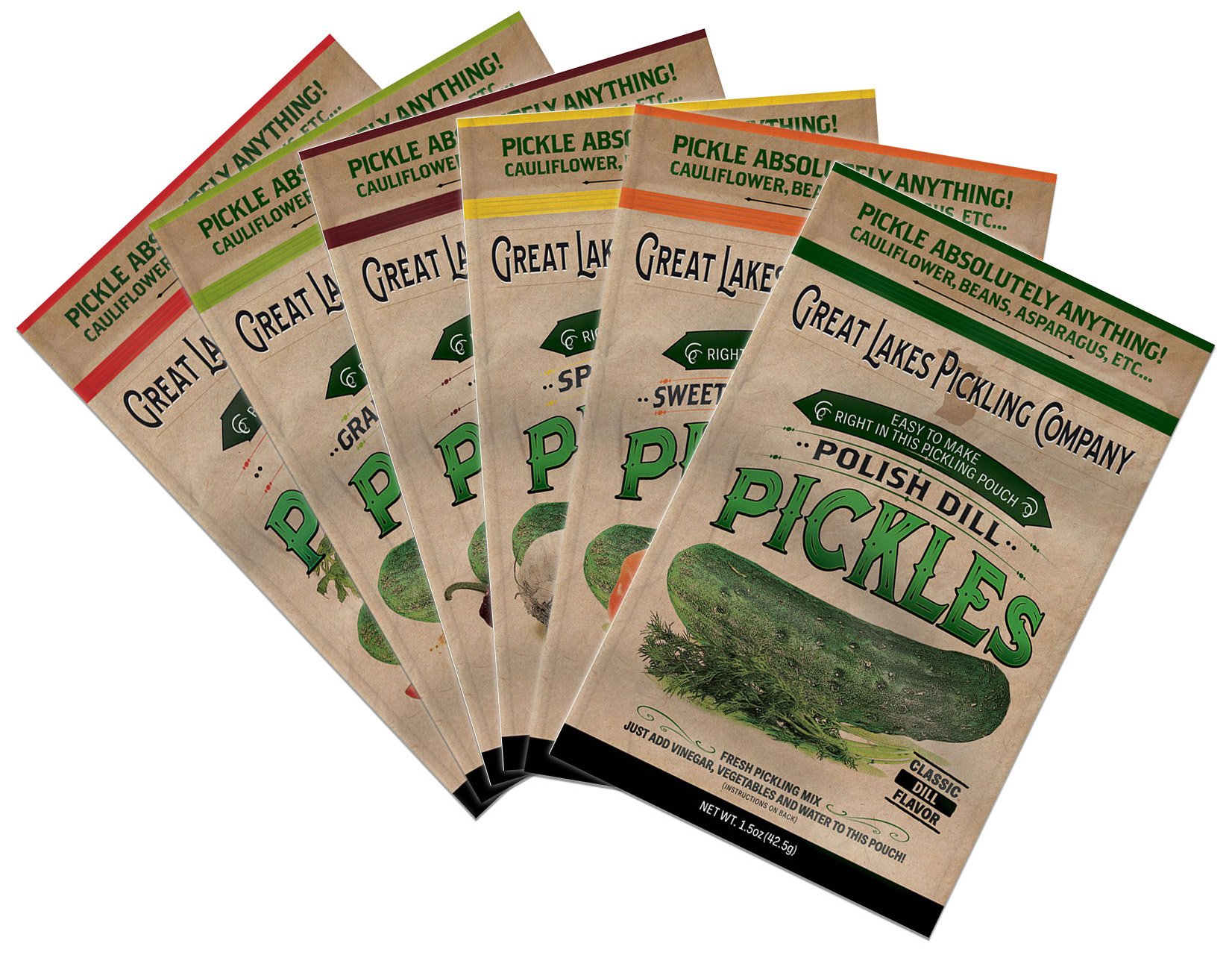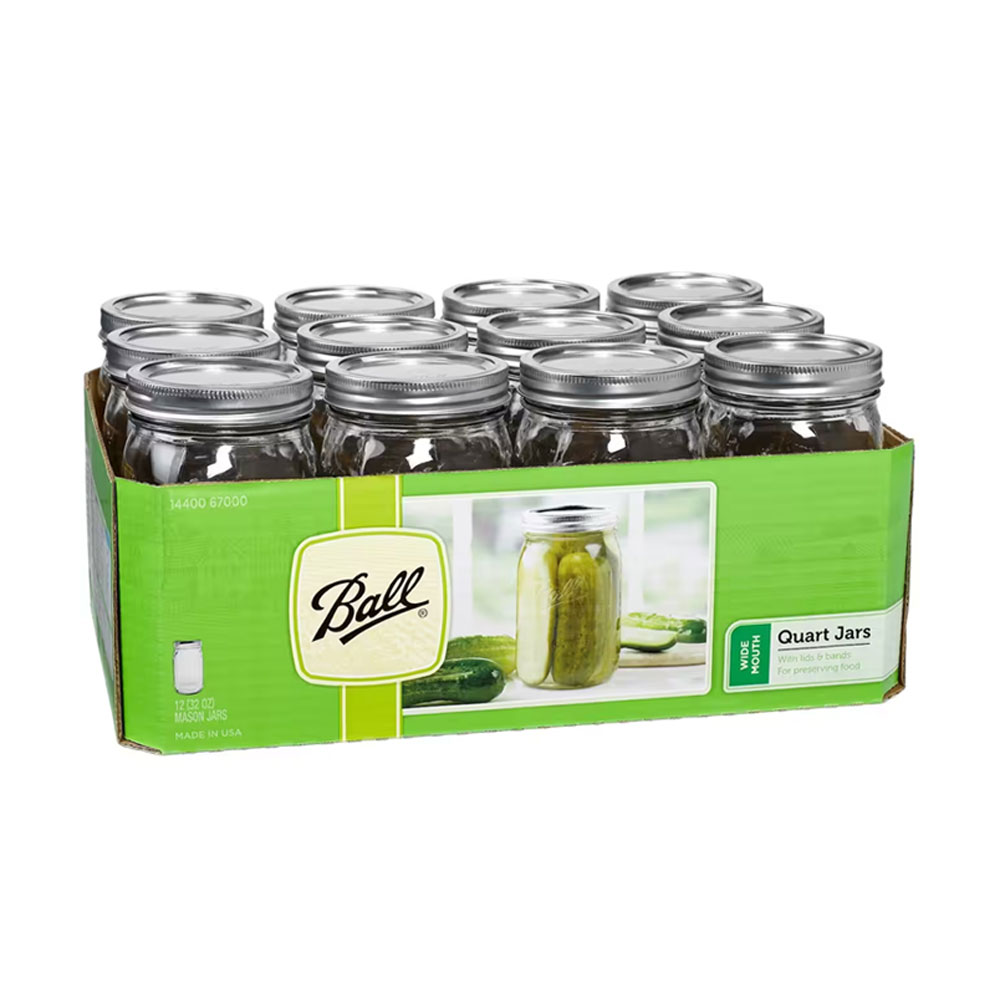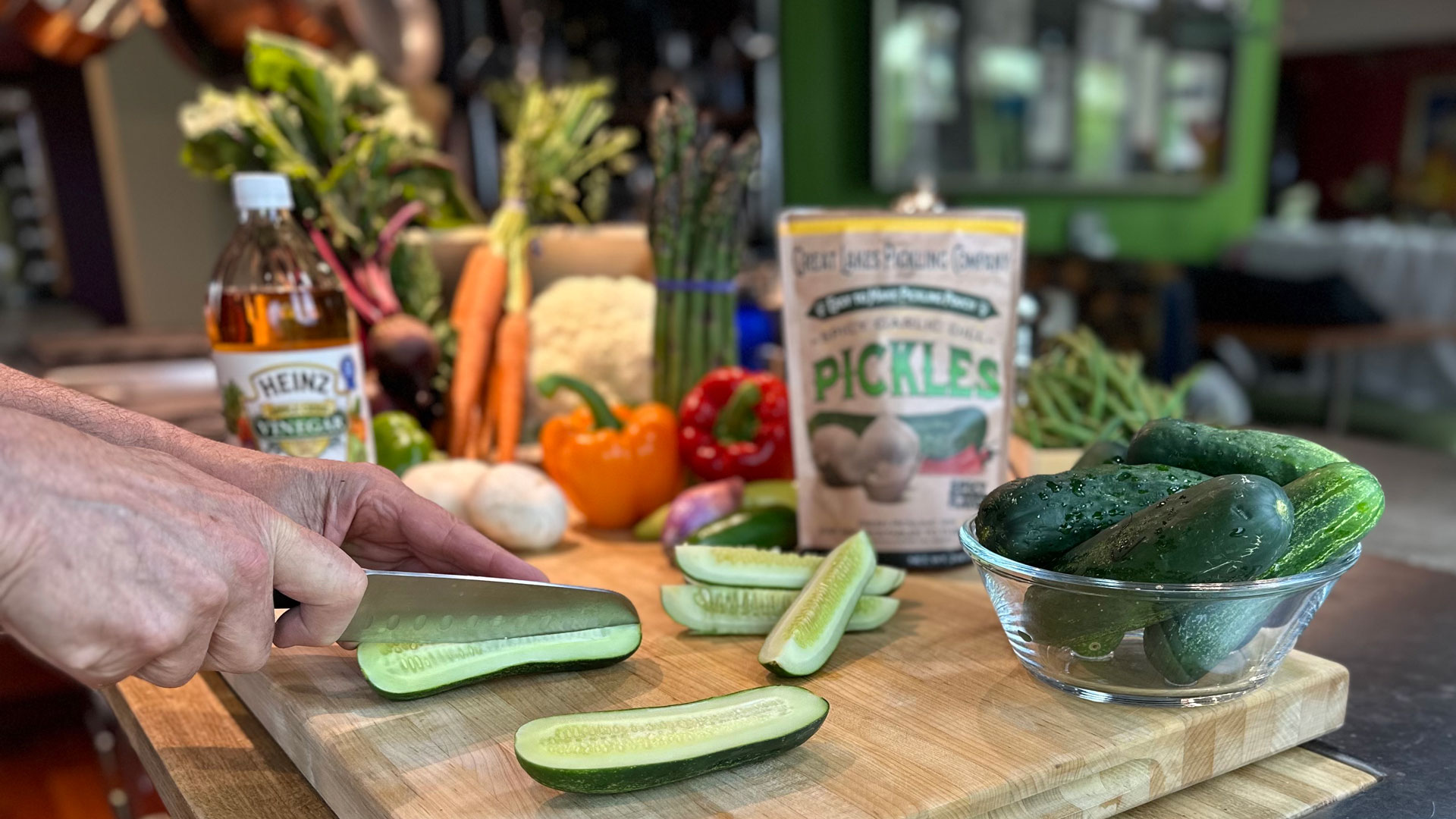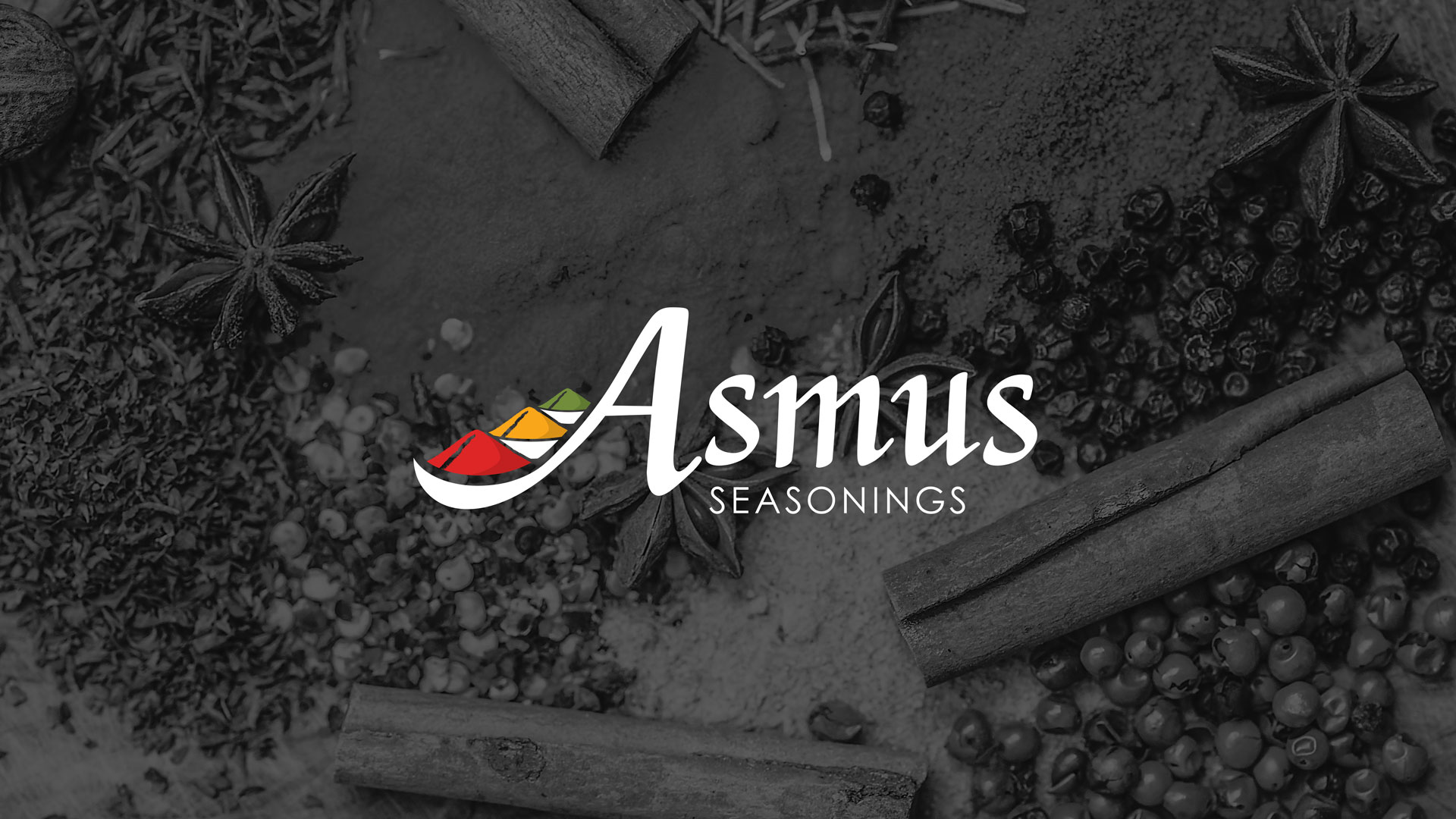You’re seeing it everywhere.
Cauliflower has quickly become a culinary darling for all the right reasons.
It’s nutritious, low-fat, gluten free, cholesterol free, non-starchy, low in sodium, has a low glycemic index and can be enjoyed in many dishes in many different forms from florets, riced, “steaks” and even made into a flour.
And, did we mention delicious?
If you’re in a well-stocked grocery store, you’ll of course see it in the produce aisle but it will also make its appearance in the frozen food section as an alternative, gluten-free pizza crust and in many different forms in vegetarian dishes and stir-fry medleys.
Last, but certainly not least, you’ll often see cauliflower in your grocery aisles condiment and pickling products as its often included in various pickled “combos” including the popular Giardiniera.
It’s believed that our beloved cauliflower came about from a series of intentional breedings, quite likely from a strain of broccoli, somewhere in the Eastern Mediterranean.
From there, it made its way to Italy and other European countries in the 15th century.
Cauliflower has SO many things going for it.
One cup of chopped cauliflower has only 27 calories and is a great source of vitamins C, B6 and magnesium. It’s also providing calcium, iron, phosphorus, potassium, zinc, copper and manganese fluoride to your diet.
Of course, here at the Great Lakes Pickling Company, we think one of the VERY best ways to enjoy this amazing vegetable is pickled!
Aside from cauliflower health virtues, it’s simply irresistible as a tangy, crunchy and delicious snack straight out of the pouch and plays very nicely against all kinds of other pickled vegetables, cheeses and cured sausages and meats.
It’s no wonder that you’ll often find pickled cauliflower on charcuterie boards and relish trays.
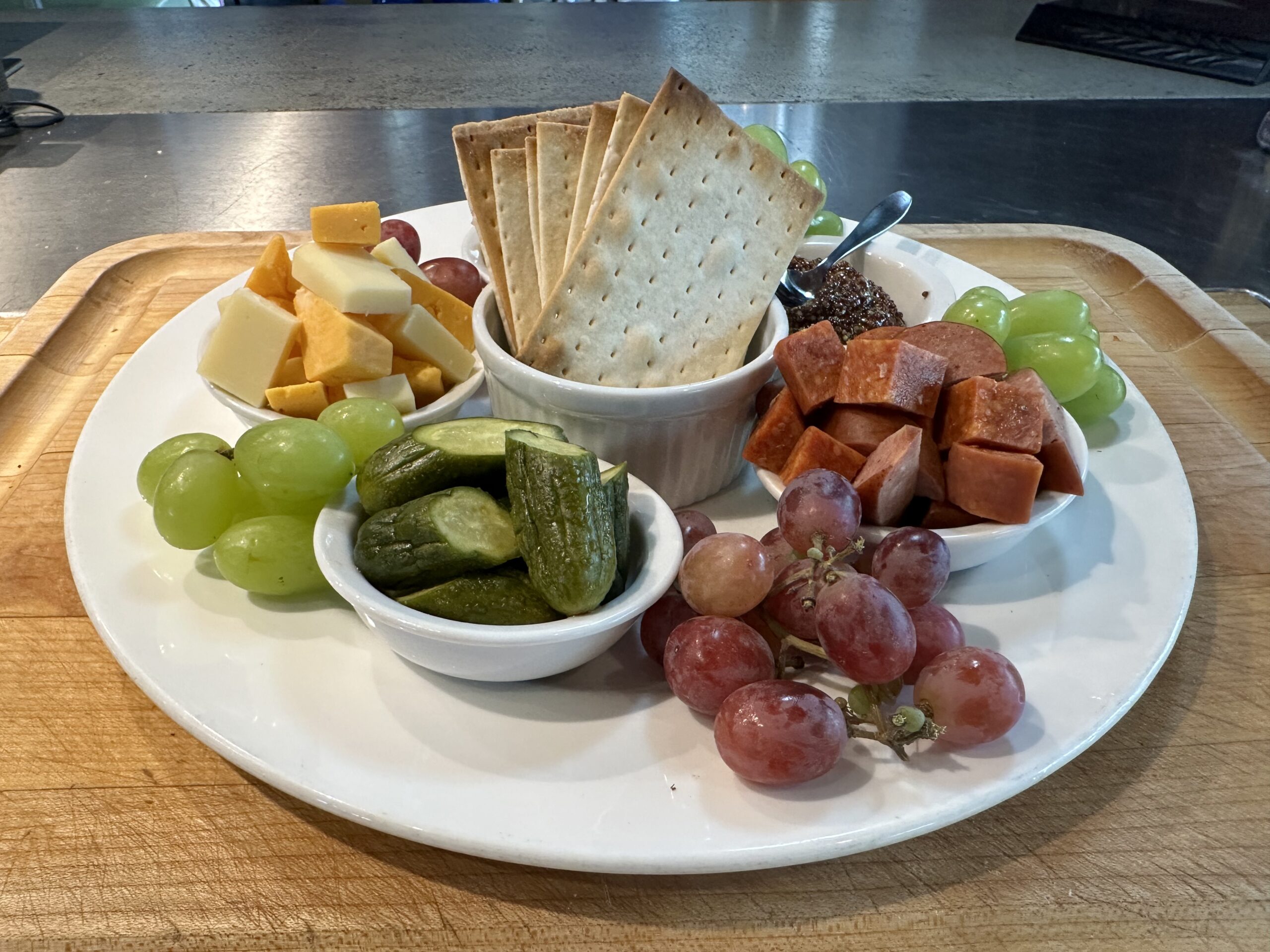
But before we start pickling, we have to make some pickling decisions:
1) Choose your color!
Yep, although you won’t find them in every produce section, cauliflower comes in, (at least), 4 colors.
Traditional White, which is by far the most common color. Its white head, also called “curd” is perfect for any pickling project and is a wonderful backdrop against vegetables of other colors such as asparagus, bell peppers and carrots.

The Green “Botrytis Group” type, sometimes called “broccoflower”, is comes in the traditional, rounded, head-like shape, and the Romanesco type, which is somewhat conical shape.
Depending on the type and shape, they come with medieval sounding varietal names such as: Alverda, Green Goddess, Vorda, Minaret and Veronica.
And then, we have Orange cauliflower, in which the beta-carotene creates the orange pigment just as it does in carrots.
This color of cauliflower originated from a natural mutation found in a cauliflower field in Canada and its cultivars include names such as Cheddar and Orange Bouquet.
And lastly, Purple.
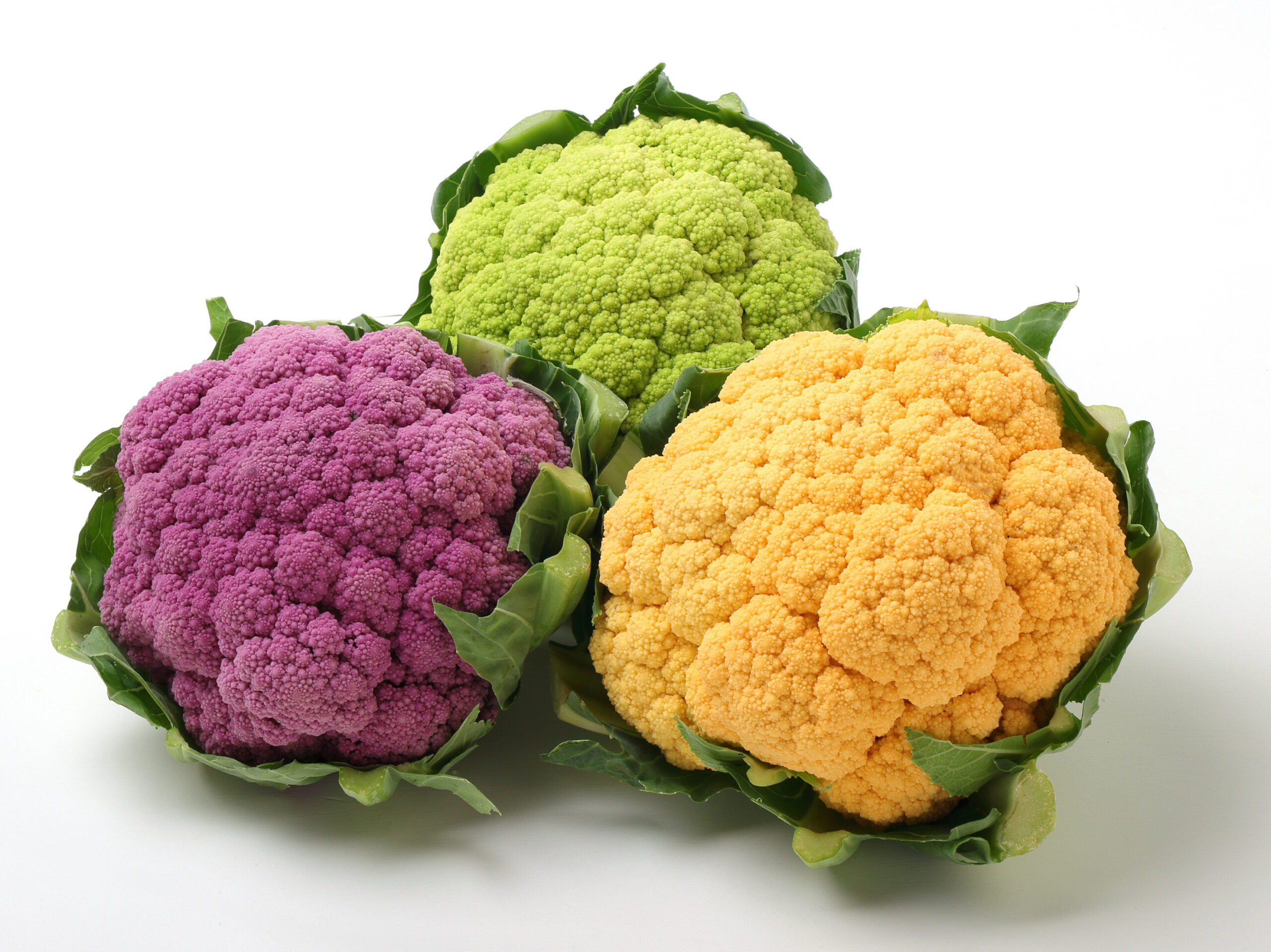
The color purple in this varietal, comes from the pigment anthocyanin, which is the same pigment that is in red cabbage and red wine.
You can find this cauliflower with names such as: Graffiti and Purple Cape.
2) Choose your vinegar.
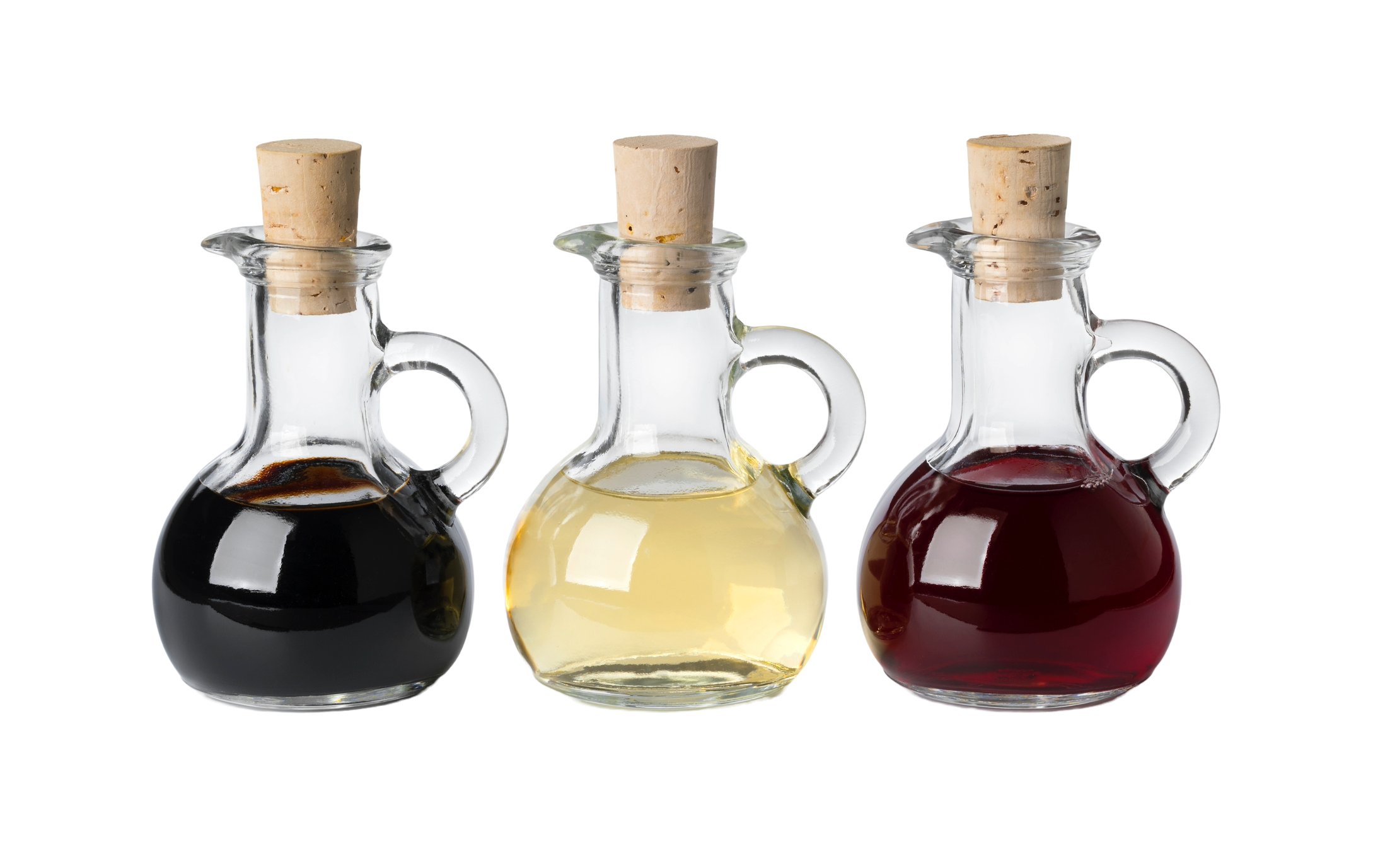
There are many different vinegars from which to choose from and you can review them in a previously written blog HERE.
Having said that, our suggestion for any of your pouches is either white, (distilled) vinegar, or, cider vinegar.
White vinegar is the most neutral flavor to choose and will definitely show off all the colors of a vegetable medley, while cider vinegar gives you an additional “fruitiness” and ever so slight hint of sweetness.
Both are excellent choices.
3) Choose your pickling pouch.
This is both the easiest and hardest choice.
Depending on your intended “audience”, the 2 most popular for the “broadest” audience are the Polish Dill and Granny’s Bread & Butter pouches.
The Spicy Garlic Dill also goes very well with cauliflower and vegetable medleys.
If big heat and spice is your thing, both our Sweet & Smoky Habanero and Heatstroke flavored pouches will definitely fill the bill.
Finally, for that truly unique expression of pickling perfection in your favorite morning “cocktail”, our Bloody Mary pouch has become a pickling cult classic!
We’ve perfected the seasonings in all 6 of our pouches to give you that fool-proof, guarantee of quality and taste in every batch you make.
However, when it comes to our featured vegetable, cauliflower, if you choose the Granny’s Bread & Butter Pickle Pouch, you can consider adding 1 teaspoon of curry powder to give you a Middle Eastern twist or ½ teaspoon of crushed red pepper flakes or a half to full fresh jalapeno (sliced) to give you a bit more heat.
If you’re considering a vegetable medley, take advantage of white cauliflower by adding an assortment of colorful vegetables and add in some whole roasted garlic cloves.
We like baby carrots, colorful bell peppers, halved Brussels sprouts, green beans (both yellow and green), and, if you wish onions, use either pearl onions or sweet onion, cut in to 1” pieces.
The mix should be 50% cauliflower with the remaining 50% colorful vegetables.
And keep in mind that you’ll want to keep the sizes of each of these vegetable the same so that they can be equally displayed as a medley and eaten using fingers or a fork.
The typical size is approximately 3/4 “ to 1 inch.
Stay away from beets as they will tint all the vegetables a pinkish purple color, (unless you’re using 100% purple cauliflower or 100% white cauliflower that you’d just prefer to be that color.)
4) Ways to Use Pickled Cauliflower
Of course, you can just enjoy your pickled cauliflower just on its own with complete joy.
You can also consider chopping your finished pickled creation and use it as a topping on hot dogs, on salads, with fried tortilla chips or added as an ingredient to your favorite dip or guacamole recipe.
The next time you open a Great Lakes Company pickling pouch, consider introducing cauliflower as a new one of your go-to favorite vegetables.

